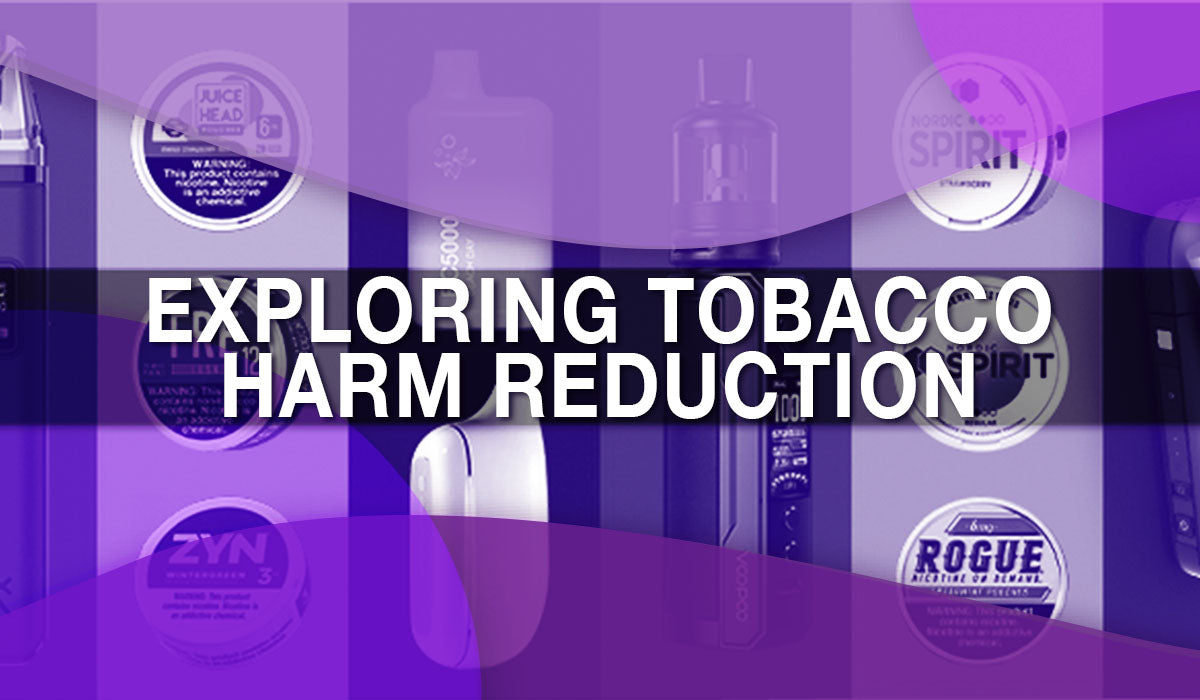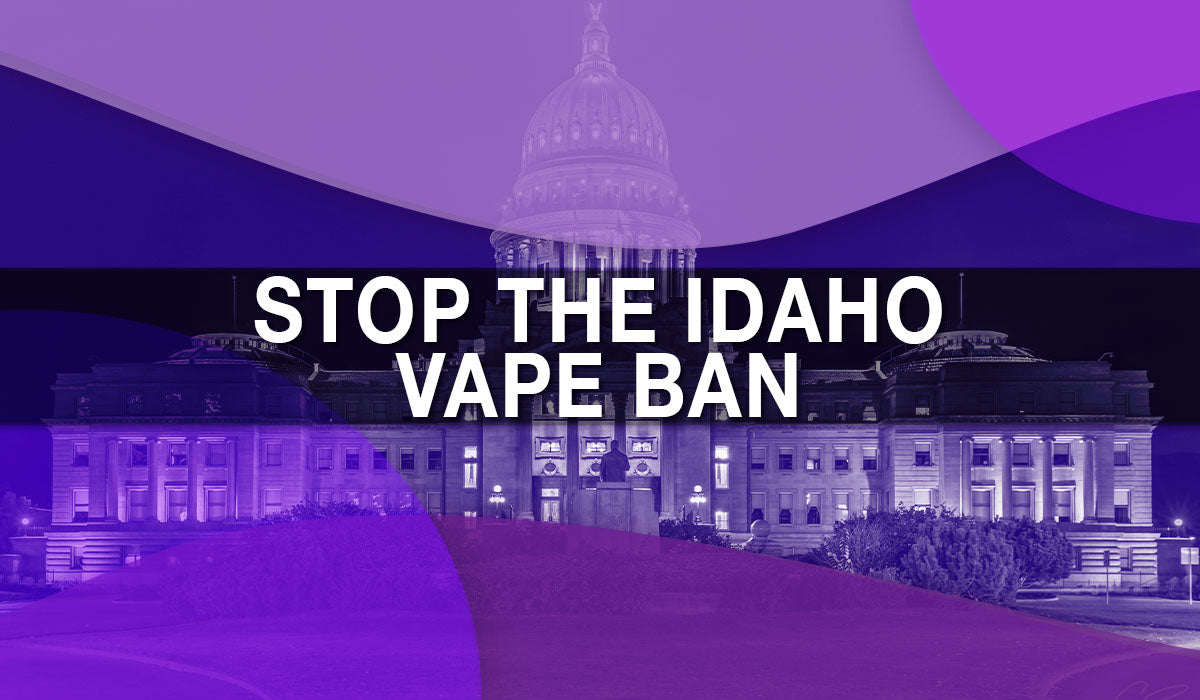
Exploring Tobacco Policy
US Regulators Reject Continuum of Risk
In the words of the Center for Disease Control (CDC), “Quitting smoking is one of the most important steps you can take to improve your health. This is true no matter how old you are or how long you have smoked.”
Yet this same regulatory body dismisses the entire concept of harm reduction for tobacco. This refusal to acknowledge that there is a continuum of risk must be intentional. Even British American Tobacco (BAT), the world’s largest tobacco company based on net sales, states the following:
Gold-standard, peer reviewed studies published in high-impact journals have demonstrated that vaping is a far more effective smoking cessation tool the nicotine replacement therapy (NRT). The first and most famous of these was published in the New England Journal of Medicine in 2019. The most recent was released by the University of Massachusetts Amherst and the Cochrane Database of Systemic Reviews this winter.
Sadly, in the US we are forced to look across the pond to observe a more rational approach when it comes to tobacco. The UK’s Health Service website hosts a resource page titled: Vaping to Quit Smoking. Such a website would be unthinkable in the US, where total nicotine abstinence and less-effective, pharmaceutical company manufactured NRT products receive any sanction.
Alternative Tobacco Products
Tobacco harm reduction, as embraced by the United Kingdom and continuum of risk advocates, question the CDC's rejection of this approach. So apparently does the man who made fighting Juul his most important quest:
Declines in smoking rates have started to stall ; if we're going to help more adults quit combustible cigarettes we have to embrace harm reduction and offer adult smokers modified risk nicotine products that don't have same risks as combusting tobacco 1/2 https://t.co/l3a1zmffqc
— Scott Gottlieb, MD (@ScottGottliebMD) February 26, 2024
Anyone who has ever smoked knows all too well that quitting tobacco is a difficult journey, former-FDA Commissioner Gottlieb, no friend of the vaping industry, concedes there are strategies that may benefit those who continue to use tobacco.
In this blog post, we'll delve into different types of alternative tobacco products, what they entail, and the science supporting each category.
Electronic Nicotine Delivery Systems (ENDS)
ENDS, commonly known as e-cigarettes or vapes, have gained popularity as an alternative to traditional tobacco cigarettes. These devices heat a liquid containing nicotine, producing a vapor that is inhaled by the user. Research shows that ENDS are significantly less harmful than combustible cigarettes, as they do not produce tar or many of the harmful chemicals found in tobacco smoke.

SNUS
In recent years, another form of nicotine delivery known as smokeless tobacco, particularly Swedish Snus or Snus, has gained attention. In its native Nordic homeland, it is accepted as a harm reduction product. In the US, it is not treated as any safer than traditional chewing tobacco in the eyes of regulators.
Snus is a moist, smokeless tobacco product typically placed under the upper lip, and it delivers nicotine without the combustion and inhalation of smoke associated with traditional cigarettes.
Oral Nicotine Pouches
Oral nicotine pouches look similar to snus but are made from synthetic nicotine. There are several popular brands made by the tobacco industry, including Zyn, and a number of independent manufacturers as well.

For more information on nicotine pouches, we have created the following resource articles.
- What is in a Nicotine Pouch?
- How to Use Nicotine Pouches
- Nicotine Pouches versus Snus and Chewing Tobacco
- Advantages of Nicotine Pouches Over Vaping
- Who Makes Each Brand of Nicotine Pouch
Nicotine Replacement Therapy (NRT)
These are the only cessation products approved by US federal regulators. They have been repeatedly outperformed by vapes, most recently this in Cochrane Review. Also using synthetic nicotine, much like a nicotine pouch, the most popular forms are lozenges, gums, and the patch.
Investigators in the Philippines, suspicious that Bloomberg funded anti-vaping regulators were actually banning vapes to increase the sales of pharmaceutical products, completely dismantled the entire prohibitionist apparatus. This Manilla Bulletin feature is a primer on this scandal that gained little attention in the US.
Heat-Not-Burn Tobacco Products:
Heat-not-burn tobacco products, such as heated tobacco devices, work by heating tobacco at lower temperatures than combustion, producing an aerosol that is inhaled by the user. These products are designed to reduce exposure to harmful chemicals found in cigarette smoke while still delivering nicotine. While the long-term health effects are still being studied, their manufacturers believe them to be a better alternative to cigarettes and they are quite popular in Japan.
Counseling and Behavioral Support
Behavioral support and counseling play a crucial role in a sound public health policy. Efforts to address the psychological and social aspects of tobacco addiction, including counseling sessions, support groups, and helplines provide individuals with the necessary tools and support to overcome nicotine dependence and adopt healthier behaviors.
These interventions focus on addressing triggers, coping mechanisms, and relapse prevention strategies.
Importance of Rational Public Health Policies
A revamped strategy could pay dividends for consumers and tax payers.
Public Health Goals
Reducing the harm associated with tobacco use, improved public health outcomes, including reduced rates of smoking-related diseases and mortality.
Individual Well-being
Empowering individuals to take control of their health by providing them with resources and alternatives to combustible cigarettes.
Accessibility and Choice
A wider range of options ensures that individuals have access to diverse strategies that suit their preferences and needs, increasing the likelihood of successful disengagement from combustible tobacco.
Principles
Improved public health policy would focus on pragmatic, evidence-based interventions that prioritize reducing harm rather than promoting abstinence alone.
A more progressive and improved strategic approach goal aimed mitigate the adverse health effects associated with tobacco use.
From nicotine replacement therapies to emerging alternatives, these approaches have the potential to reduce smoking rates.









Leave a comment
This site is protected by hCaptcha and the hCaptcha Privacy Policy and Terms of Service apply.